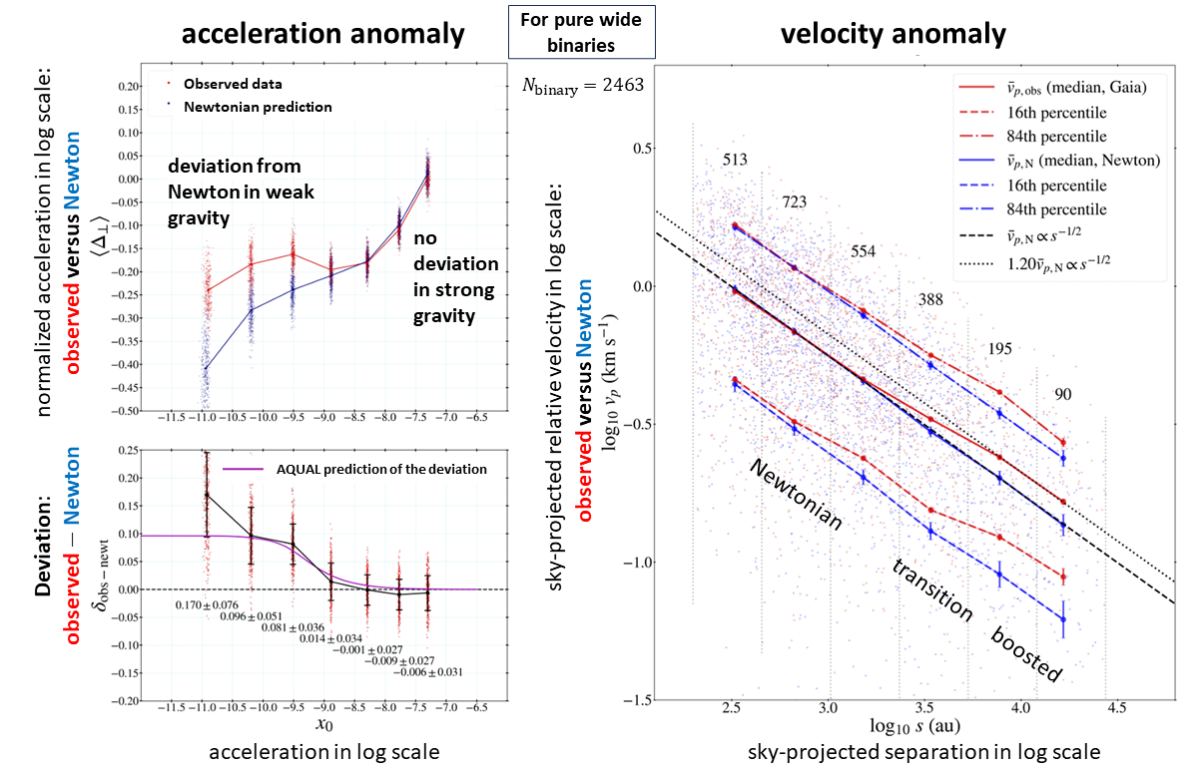Universe Today has had some incredible discussions with a wide array of scientists regarding impact craters, planetary surfaces, exoplanets, astrobiology, solar physics, comets, planetary atmospheres, planetary geophysics, cosmochemistry, meteorites, radio astronomy, extremophiles, organic chemistry, black holes, cryovolcanism, and planetary protection, and how these intriguing fields contribute to our understanding regarding our place in the cosmos.
Here, Universe Today discusses the mysterious field of dark matter with Dr. Shawn Westerdale, who is an assistant professor in the Department of Physics & Astronomy and head of the Dark Matter and Neutrino Lab at the University of California, Riverside, regarding the importance of studying dark matter, the benefits and challenges, the most exciting aspects about dark matter he’s studied throughout his career, and advice for upcoming students who wish to pursue studying dark matter. So, what is the importance of studying dark matter?
Continue reading “Dark Matter: Why study it? What makes it so fascinating?”


